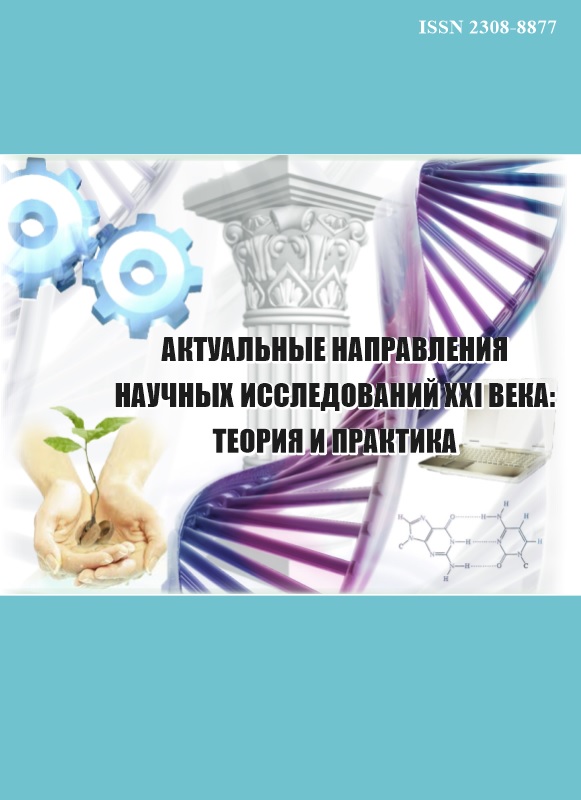Voronezh, Voronezh, Russian Federation
The article investigates the process of curing urea- , phenol-formaldehyde binders in chipboard. It is established that, unlike the previously -existing views of the monolithic cast- binder mass in the chipboard in reality this is a porous mass, dilapidated, the density of which should be lower than the monolithic mass and its strength is considerably lower particleboard strength monolithic mass. The results obtained make it possible to assess the possible risk of additional formaldehyde emission of the finished boards with their deformations associated with the transport, sizing.
curing process, urea-formaldehyde binder, phenol-formaldehyde binder, chipboard, solidified mass
Древесно-стружечные плиты (ДСтП) применяются в различных областях при изготовлении изделий. Основная масса их используется для изготовления корпусной мебели для жилых помещений.
В отечественной практике в технологии ДСтП используются в основном водорастворимые карбамидоформальдегидные (КФС) и фенолоформальдегидные (ФФС) связующие на основе смол таких как КФ-МТ-15, КФ-НФП, СФЖ-3014 и некоторых других. При горячем прессовании плит происходит их процесс отверждения в результате которого из отвержденной массы выделяется большое количество вредного для человека газа-формальдегида. Полученные плиты при этом получаются токсичными для человека и их токсичность по










